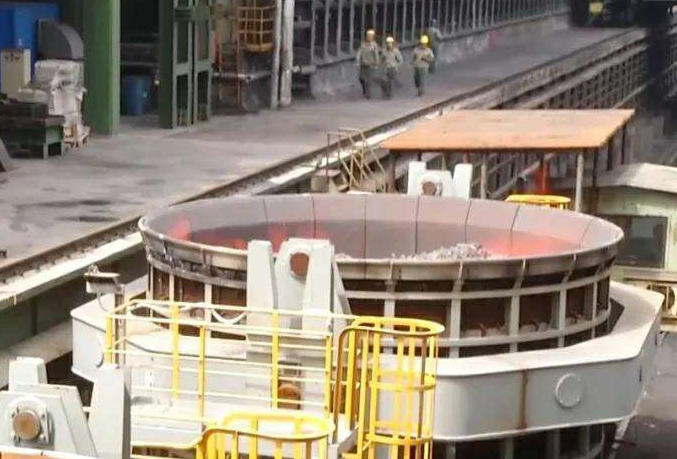The high-temperature expansion joint and the boiler inlet are the parts where castables are used in the CDQ system, and the castables at the high-temperature expansion joint and the boiler inlet are often easily sloughed off due to the strong erosion of material particles and corrosive gases at high temperatures, resulting in external steel. Structural deformation and burn-through accident, so that the system had to be repaired in advance. The castables at the high temperature expansion joint and the boiler inlet generally fall off and become damaged in less than one year of production.
In order to improve the physical and chemical properties of the heavy castables on the working face and prolong the service life of the refractories, the mullite-silicon carbide refractory castables that are more suitable for the working environment of the CDQ system can be used. Another more effective way is to use refractory brick masonry for high temperature expansion joints and boiler inlets. Remove high-temperature expansion joints, heavy castables, light castables and anchors at the boiler inlet, and use mullite bricks and lightweight thermal insulation bricks for masonry.
Before the CDQ coke oven is put into production again, the key point is to pay attention to the maintenance and drying of the castable. If the casting material is constructed in the cooling section of the CDQ oven and the inclined air duct, it should be dried with warm air first to remove a large amount of water in the castable. It is not recommended to directly use a red coke oven to prevent the castable from bursting or cracking due to excessive temperature. After drying with warm air for about 3 days, red coke can be put in, and a red coke oven can be used.



